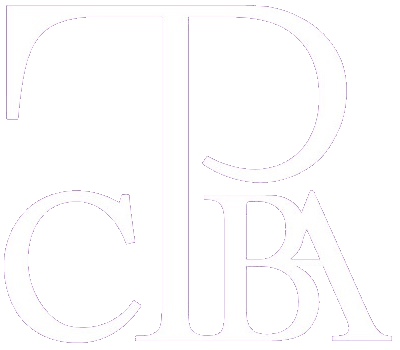(Re)translation Revisited
Tipo de material: Recurso continuoSeries Meta Volume 54, numéro 4, décembre 2009 ; v. 54, n. 4Detalles de publicación: Montréal : Université de Montréal , décembre 2009Descripción: p. 669-683ISBN:
Recurso continuoSeries Meta Volume 54, numéro 4, décembre 2009 ; v. 54, n. 4Detalles de publicación: Montréal : Université de Montréal , décembre 2009Descripción: p. 669-683ISBN: - 978-2-7606-2176-3
- 0026-0452
| Tipo de ítem | Biblioteca actual | Colección | Signatura topográfica | Estado | Fecha de vencimiento | Código de barras | |
|---|---|---|---|---|---|---|---|
 Artículos/Analíticas
Artículos/Analíticas
|
Biblioteca Bartolomé Mitre | Colección Digital | H 23 (Navegar estantería(Abre debajo)) | Disponible | META-54-4_669-683 | ||
 Artículos/Analíticas
Artículos/Analíticas
|
Biblioteca Bartolomé Mitre | Colección General | H 23 (Navegar estantería(Abre debajo)) | Disponible |
Navegando Biblioteca Bartolomé Mitre estanterías, Colección: Colección General Cerrar el navegador de estanterías (Oculta el navegador de estanterías)
incl. ref.
Resulting from the wish to meet the (new, altered) requirements of the receiving culture, retranslations are exponents of the historical relativity of translation. According to the so-called retranslation hypothesis, retranslations tend to be more source culture oriented than first translations. First translations, the hypothesis runs, deviate from the original to a higher degree than subsequent, more recent translations, because first translations determine whether or not a text (and its author) is (are) going to be accepted in the target culture. One can come up with several factors that make the retranslation hypothesis, even broadened to re-rewriting hypothesis, plausible (e.g., translators take a critical stance to earlier translations, the target language has developed and target culture norms have become less rigid), but one can ask to what extent the hypothesis is supported by empirical evidence. In the following article some of the results of my study of 52 German and 18 Dutch versions of the children's classic book Nils Holgerssons underbara resa genom Sverige (Nils Holgersson's Wonderful Journey Through Sweden, Selma Lagerlöf, 1906-1907), published between 1907-1908 and 1999, are discussed with respect to the retranslation hypothesis. It is argued that, though some more recent versions showed consideration for the original, a clash of norms ultimately did not allow the hypothesis to hold good: not allegiance to the original, but literary, pedagogical and economical norms gained the upper hand.The hypothesis clearly does not have a general value. The hypothesis may be valid to some extent, but only if it is not formulated in absolute terms. Within peripheral forms of literature, like children's literature, as well as within classical literature, less prototypical (re)rewriting has proven to be more than the exception and target norms continue to clash with fidelity to the original source text.
No hay comentarios en este titulo.

